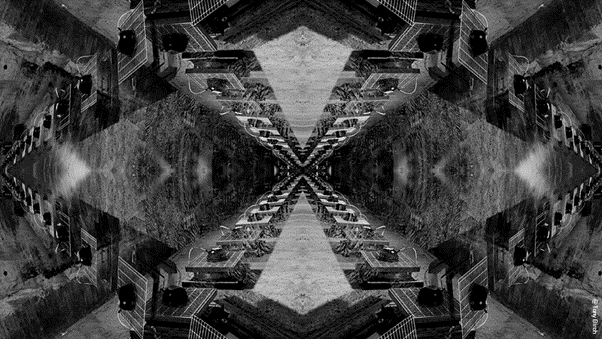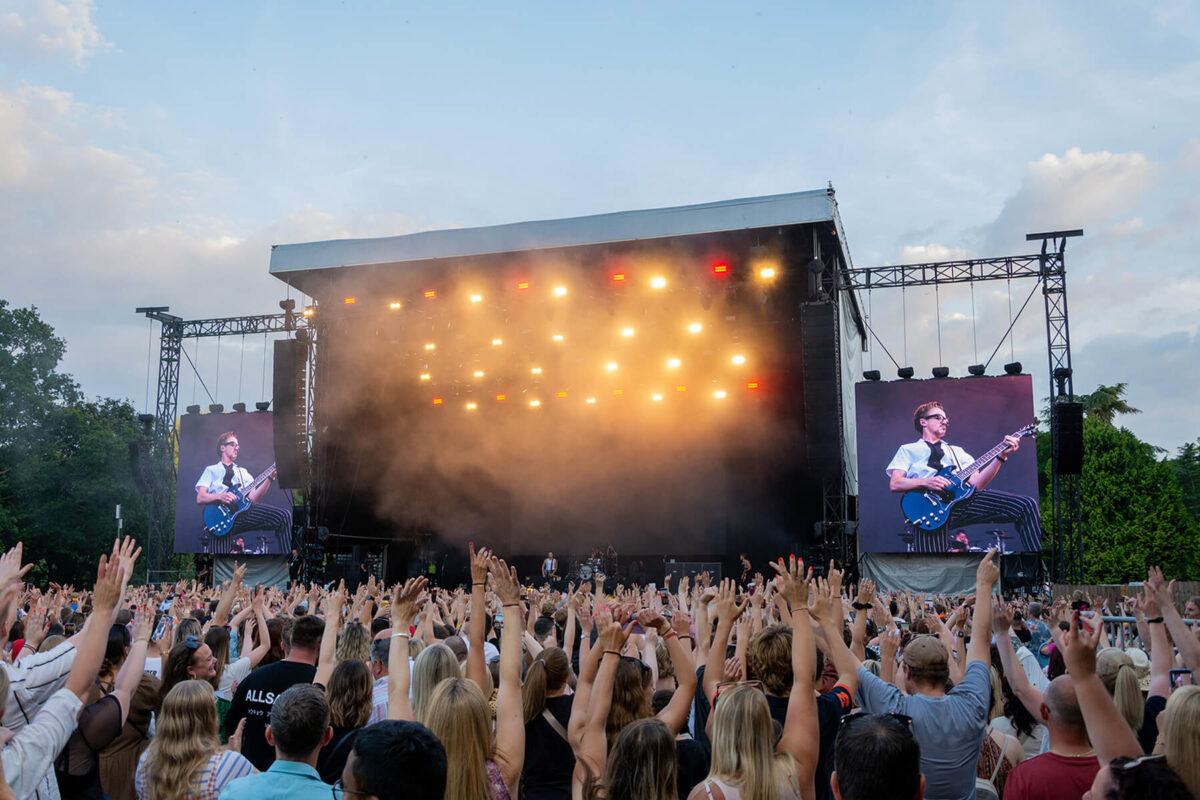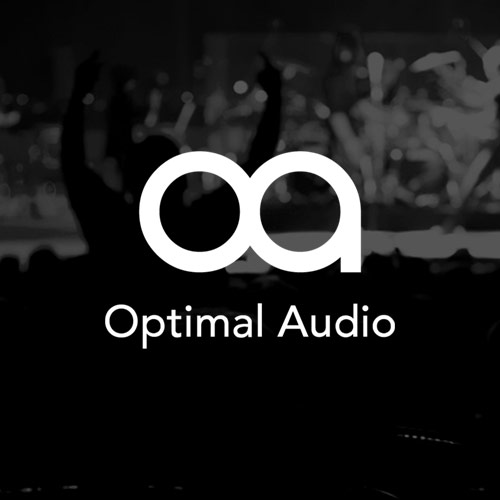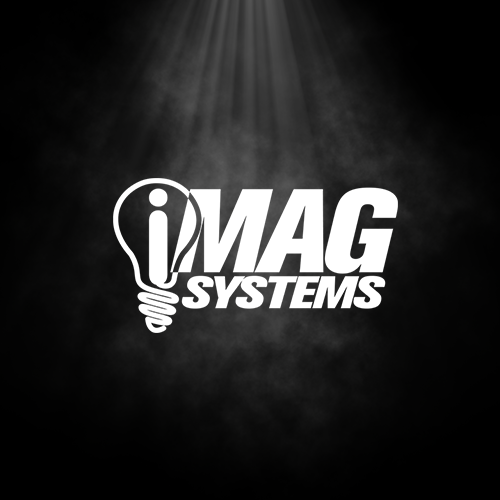Southbank Centre launches unique experimental sound system Concrete Voids with new artist commissions
The Southbank Centre has today announced the first names as part of its bespoke large-scale experimental audio project, Concrete Voids. Concrete Voids will have its public debut with a series of concerts featuring new Southbank Centre commissioned works by rapper Lex Amor, electronic music producer and visual artist GAUNT, viola da gamba player Liam Byrne and fiddle-player Cleek Schrey, and cellist Peter Gregson.
Conceived and designed by Southbank Centre Sound Technician Tony Birch, Concrete Voids is a totally custom-built system of loudspeakers that turns the auditorium itself into an epic three-dimensional instrument. Made up of over 80 speakers which are concealed within the chambers, tunnels and vents surrounding the Queen Elizabeth Hall auditorium, Concrete Voids provides artists with enormous creative opportunities to create rich and complex sound-worlds for their performances. Using spatial audio solution TiMax panLab, sound sources can be moved and manipulated within the space, even by the artist as they perform.
Southbank Centre Artistic Director Mark Ball said: ‘Concrete Voids is an incredible opportunity for artists to expand the horizon of their artistry as we provide a platform for new, ambitious music. Equally, audiences will be able to experience a revolutionised atmosphere in the Queen Elizabeth Hall. Despite all its tonnes of concrete, the space echoes with life!’
Showcasing the power and versatility of Concrete Voids, there will be several premiere concerts where audiences can experience this ambitious use of space and sound first hand. In the opening double-bill concert on Sunday 16 March, cellist Peter Gregson performs new work for cello, synthesisers and string ensemble with Southbank Centre Resident Orchestra Aurora Orchestra. Following, viola da gamba player Liam Byrne and fiddle player Cleek Schrey extend the resonances of their old stringed instruments, creating an expansive new sound.
On Saturday 5 March, rapper Lex Amor blends live music, poetry, and sound design to explore the anthropological and societal themes that feature throughout her music. Finally, on Friday 3 October, multidisciplinary artist Jack Warne AKA GAUNT presents a brand new audiovisual performance, Augmenting the Void – ULCY. Central to the performance are four large-scale paintings by Warne, each harbouring hidden looping memories beneath their surface. These ‘loops’ are brought to life through a performer utilising a custom-built Augmented Reality system, crafted in partnership with artist Alistair McClymont (Amcc Studio).
On working with Concrete Voids, Peter Gregson said: ‘Exploring the Concrete Voids is incredibly exciting. It’s much more than a reverb (which the Queen Elizabeth Hall already has in abundance!), it creates a whole new dynamic layer for us to explore on stage and watching musicians react and respond to it is hugely inspiring to me as I continue to develop my new work for it.’
More performances utilising Concrete Voids will be announced soon. Tickets for the first shows will be on-sale Thursday 10 October at 10am via the link below.
Click here for original article.












